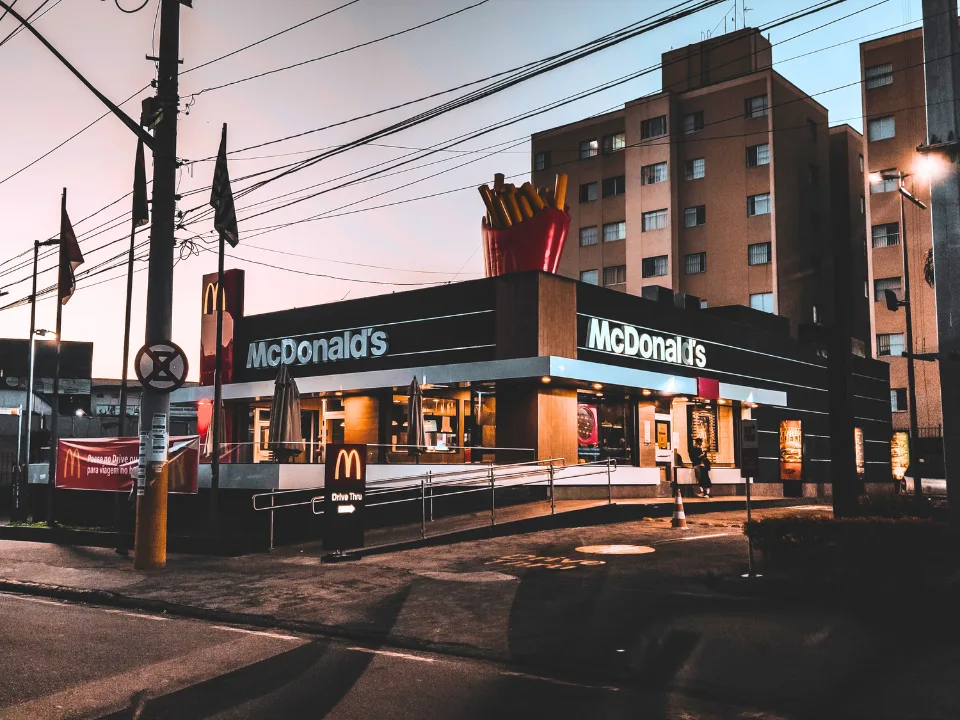- Restaurants are driving US retail openings, accounting for nearly 3K of the 7,770 new locations announced for 2024–2025, led by quick service chains like McDonald’s, Chipotle, Wingstop, and Dutch Bros.
- Grocery stores, discount, and dollar retailers, including Aldi and Dollar General, are also expanding aggressively.
- Americans now spend nearly half of their food budgets on dining out, with cities like Houston, Washington, DC, Los Angeles, Boston, and New York leading the trend.
- Strong demand for dining out is reshaping retail real estate priorities, with restaurant tenants increasingly favored for their ability to drive foot traffic.
A Big Appetite For Dining Out
Restaurants are the leading force behind retail store openings so far this year, comprising almost 40% of the 7,770 announced US retail locations, reports Globe St.
Quick service chains like McDonald’s, Chipotle, Wingstop, and Dutch Bros are among the top contributors to this surge, signaling a robust consumer preference for fast and casual dining options.
Grocery And Discount Stores Follow
Trailing restaurants are grocery and discount stores, with Aldi making headlines by announcing plans to open 800 new stores over the next three years. Discount and dollar store chains like Dollar General and Burlington are also expanding aggressively, benefiting from consumer demand for value-priced goods.
Shifting Food Spending Habits
According to JLL, dining out now accounts for nearly half of American food expenditures—a trend that rebalanced with grocery shopping in 2023 after pandemic-era disruptions. The growing appetite for restaurant meals reflects broader lifestyle shifts favoring convenience and social experiences.
Get Smarter about what matters in CRE
Stay ahead of trends in commercial real estate with CRE Daily – the free newsletter delivering everything you need to start your day in just 5-minutes
Houston Leads The Way
Among US cities, Houston stands out with residents dedicating 60% of their food budgets to dining out. Houston’s affordable living, strong salaries, and robust job market fuel its growing and vibrant restaurant scene. Other cities with high dining-out spending include Washington, DC (57%), Los Angeles (56%), Boston (54%), and New York (53%).
Why It Matters
Restaurants’ dominance in new retail openings underscores how shifting consumer habits are reshaping retail real estate demand. Developers and landlords are prioritizing restaurant tenants, which typically drive more consistent foot traffic compared to traditional retail.
What’s Next
As the trend toward dining out strengthens, expect continued growth in restaurant openings—particularly among quick service and fast-casual brands—as they seek to capture rising consumer spending and meet evolving lifestyle preferences.














